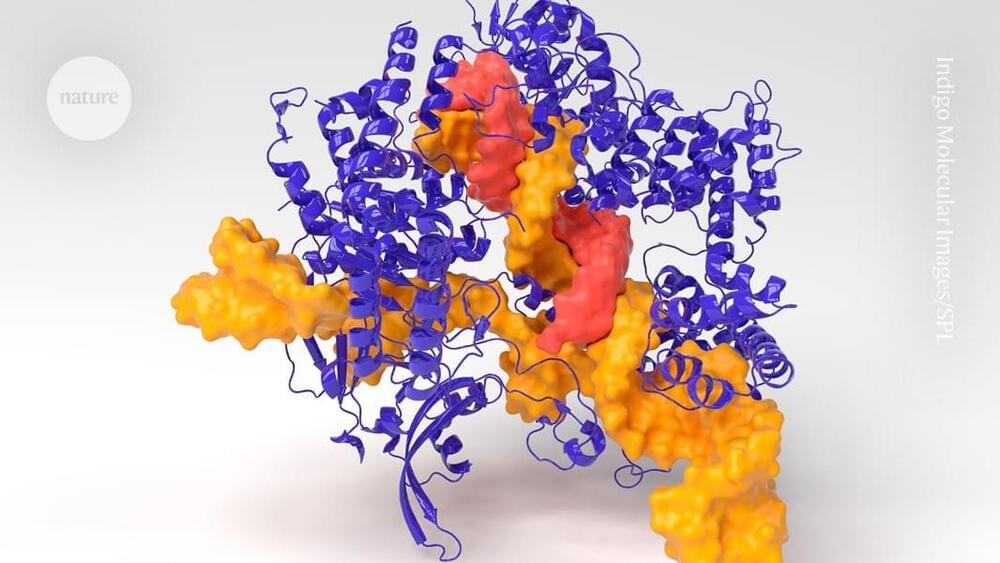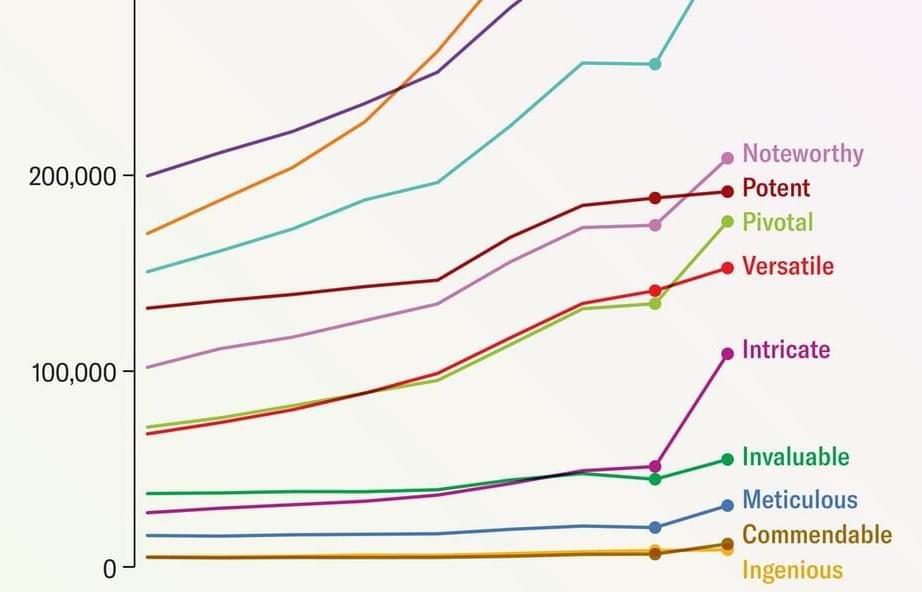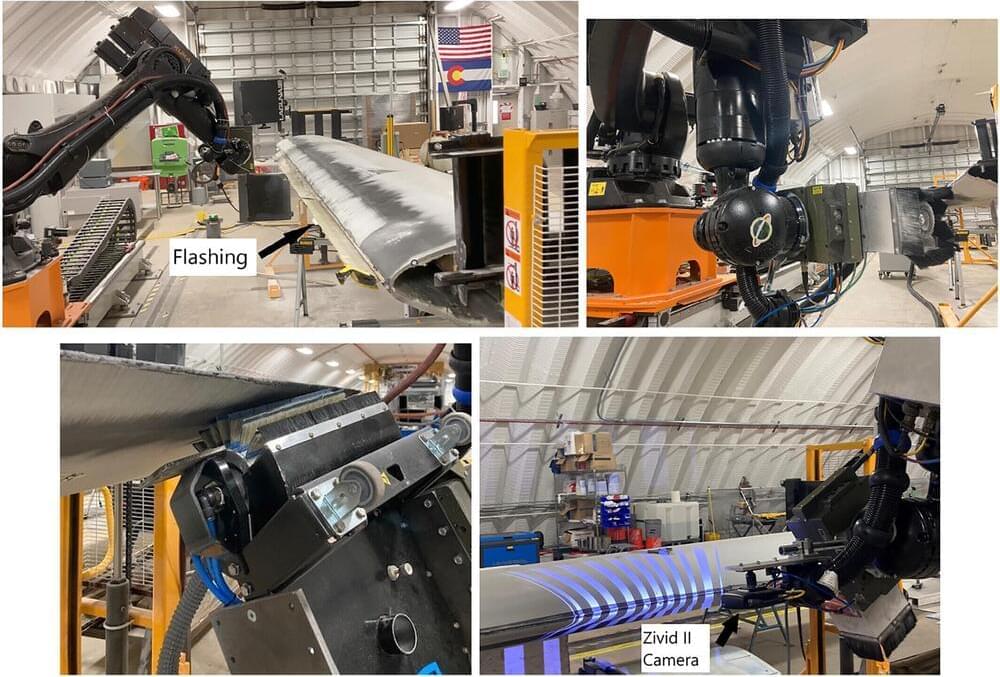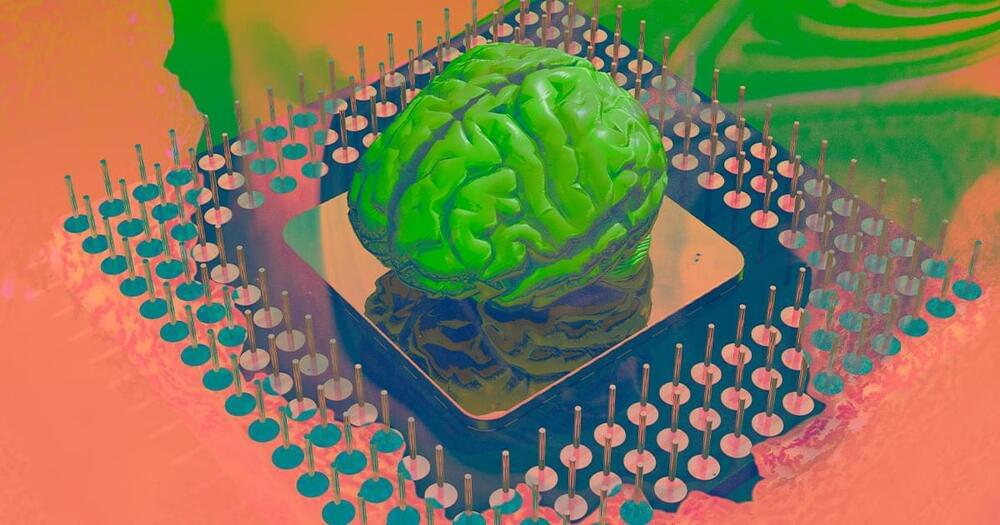Archive for the ‘robotics/AI’ category: Page 250
May 3, 2024
AI Chatbots Have Thoroughly Infiltrated Scientific Publishing
Posted by Dan Breeden in category: robotics/AI
One percent of scientific articles published in 2023 showed signs of generative AI’s potential involvement, according to a recent analysis.
May 3, 2024
Probe3D: Study examines how well AI models understand the third dimension
Posted by Dan Kummer in category: robotics/AI
A new study examines whether and how well multimodal AI models understand the 3D structure of scenes and objects.
Researchers from the University of Michigan and Google Research investigated the 3D awareness of multimodal models. The goal was to understand how well the representations learned by these models capture the 3D structure of our world.
According to the team, 3D awareness can be measured by two key capabilities: Can the models reconstruct the visible 3D surface from a single image, i.e., infer depth and surface information? Are the representations consistent across multiple views of the same object or scene?
May 3, 2024
Huawei says it will start selling PCs powered by Intel’s AI chip
Posted by Chima Wisdom in category: robotics/AI
May 3, 2024
Pro music video powered by OpenAI’s Sora released in a world-first
Posted by Gemechu Taye in categories: media & arts, robotics/AI
Trillo directed the Sora-powered video for the new single “The Hardest Part” by indie chillwave artist Washed Out (Ernest Weatherly Greene Jr.).
The video is 4 minutes long and has been created in a unique way. It is a long series of fast zooms through different scenes that are connected to feel like one continuous zoom.
While giving details about the video, Trillo posted on X that he had the idea for this video for a long time but couldn’t make it happen until now.
May 3, 2024
Leveraging robots to help make wind turbine blades
Posted by Shailesh Prasad in categories: robotics/AI, sustainability
Researchers at the U.S. Department of Energy’s National Renewable Energy Laboratory (NREL) have successfully leveraged robotic assistance in the manufacture of wind turbine blades, allowing for the elimination of difficult working conditions for humans and the potential to improve the consistency of the product.
May 3, 2024
Mystery Deepens as Super Powerful AI Appears, Then Disappears
Posted by Shailesh Prasad in category: robotics/AI
A large language model called “gpt2-chatbot” caused a stir among the AI community for its impressive capabilities that seem to rival GPT-4.
May 3, 2024
In 2024, New Gadgets Imagine a Future Beyond Phone Screens
Posted by Shailesh Prasad in categories: mobile phones, robotics/AI
We’re not even halfway through 2024, but it’s already an interesting year in the world of gadgets. Though tech giants usually release the typical assortment of new phones, smartwatches, laptops and tablets on an annual (or semiannual) basis, this year saw the debut of a few firsts.
Apple and Samsung, the world’s two largest smartphone makers, both expanded into new categories, with the iPhone maker releasing its Vision Pro mixed reality headset and the Korean tech giant announcing the Galaxy Ring, a wellness tracker meant to be worn around the finger. Startups Rabbit and Humane AI also generated plenty of hype with their AI-fueled gadgets, both of which require you to dictate commands to portable AI agents rather than swiping on screens.
So what do the Apple Vision Pro, Samsung Galaxy Ring, Rabbit R1 and Humane AI Pin have in common? Not much it seems, at least on the surface. But all these gadgets share one common goal: to change our relationship with screens.
May 3, 2024
How Artificial Intelligence Is Making 2,000-Year-Old Scrolls Readable Again
Posted by Shailesh Prasad in categories: innovation, robotics/AI
The innovative “Vesuvius Challenge” unlocked a mystery that had confounded archeologists for centuries.
May 3, 2024
OpenAI makes ‘Memory’ available to all ChatGPT Plus subscribers
Posted by Genevieve Klien in category: robotics/AI
Now that GPT-4 remembers conversations, you can stop repeating yourself. Prefer for the AI model to forget? You can make it do that too.

















